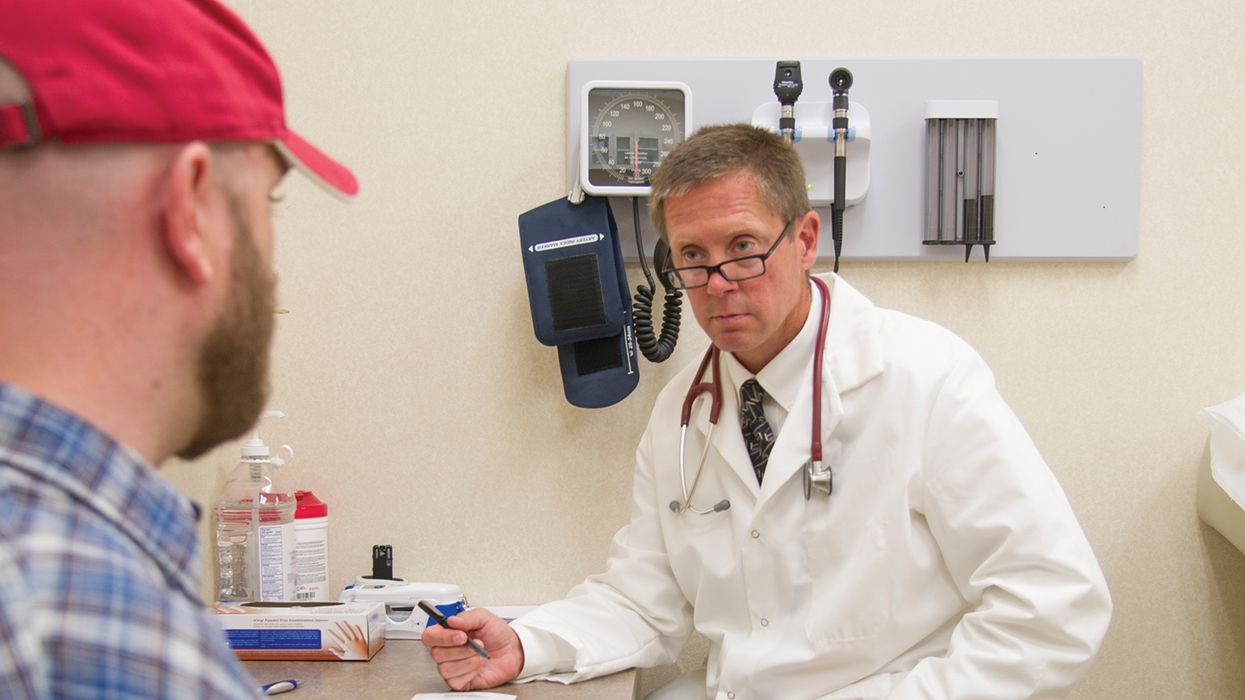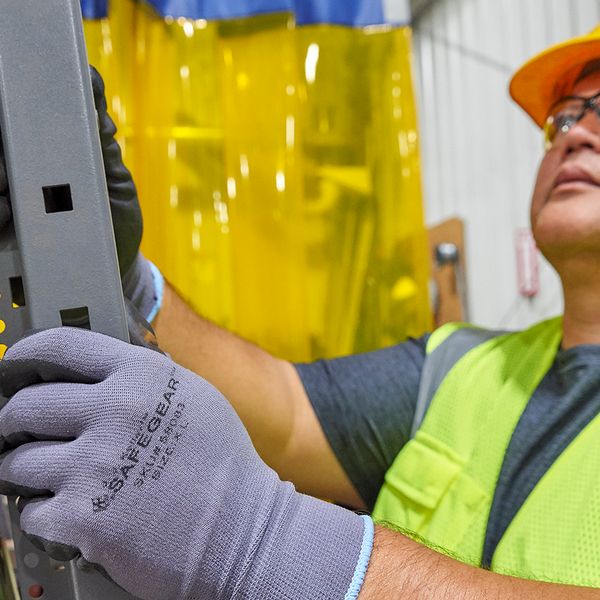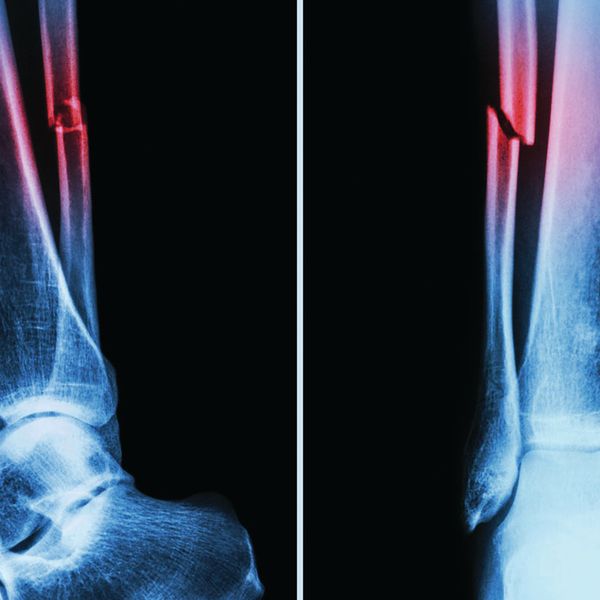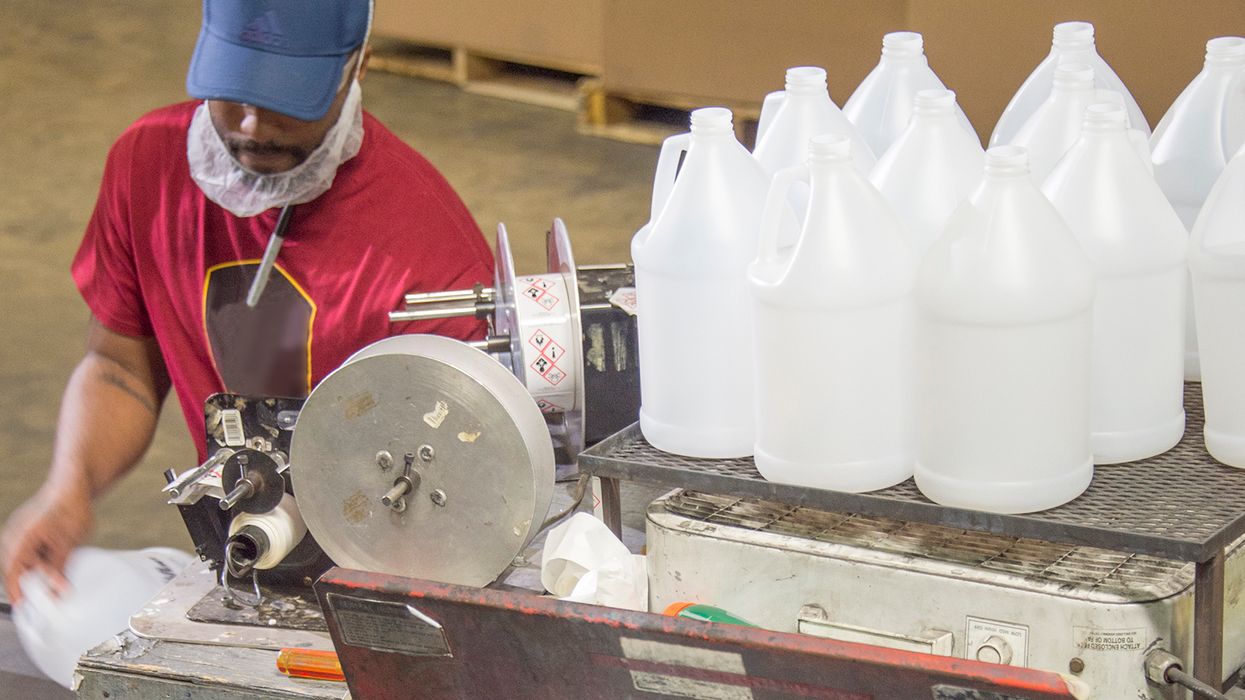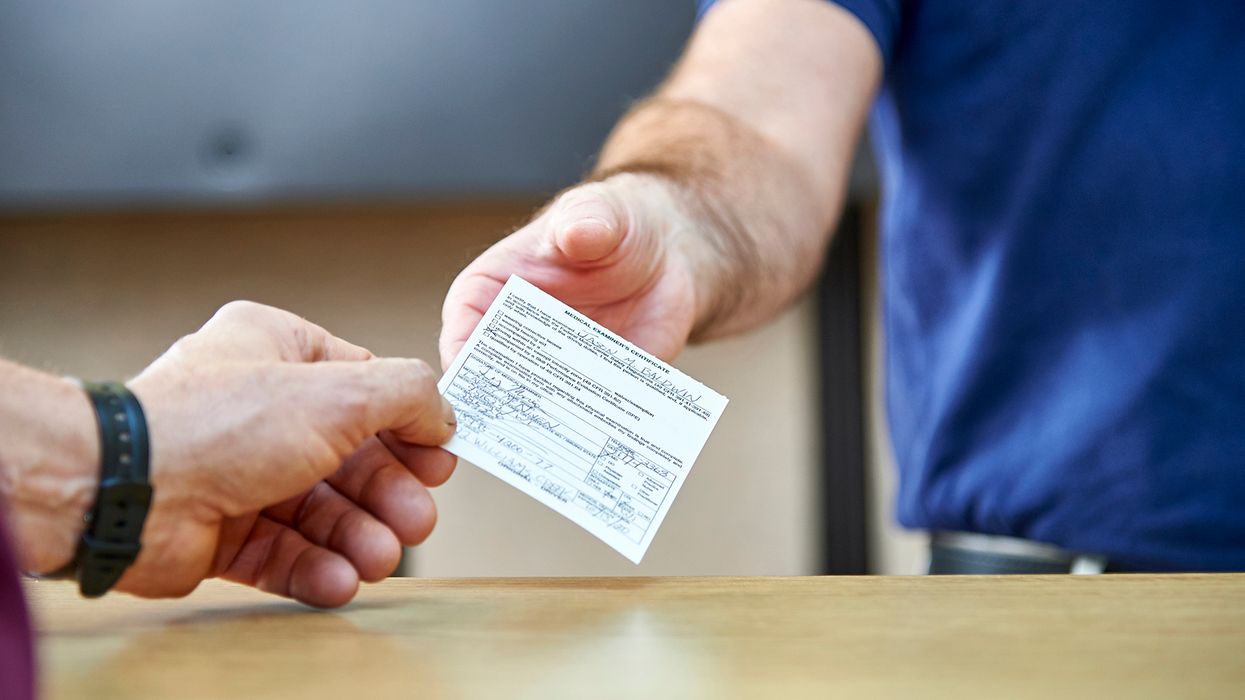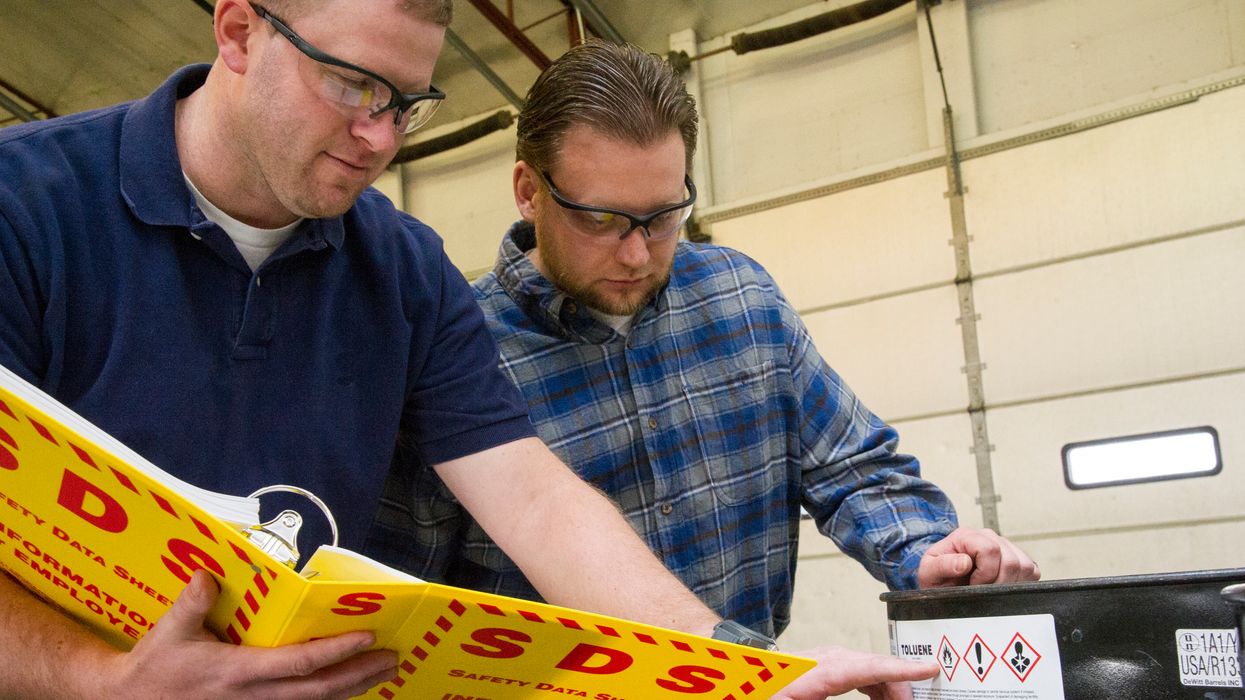Can I get a second opinion? I want to delete an OSHA recordable
Getting a second opinion regarding an injured employee’s need for medical treatment, restrictions, or days away might allow an employer to avoid recording the incident on the 300 Log, but OSHA does impose some limitations.
Normally, a mere recommendation for medical treatment, restrictions, or days away makes a case recordable, even if the employee does not to follow that recommendation. However, OSHA allows employers to avoid recording an incident based on a “contemporaneous” second opinion that is more “authoritative.” If the employee receives medical treatment, however, a second opinion cannot negate the obligation to record the case.
Contemporaneous defined
OSHA does not define “contemporaneous” in the regulations, but offered clarification in a letter of interpretation (LOI) dated May 15, 2007. The evaluations must be conducted when the signs or symptoms are in the same stage of development, same degree of severity, and the condition is evaluated in similar context.
Opinions obtained on the same day would be contemporaneous. Acceptable time delays may differ depending on circumstances, including the type and severity of the condition. For instance, if the employee’s condition either improved or worsened between examinations, the condition would not be evaluated at the same stage.
An employer presented a scenario in an LOI dated September 24, 2010. An employee fell from a chair, went to the emergency room, and was given restrictions that did not affect his duties. Ten days later, the employee visited an occupational clinic and was released to full duty. Finally, after another four days (14 days after the initial ER visit), the employee visited a chiropractor who recommended days away. The employer wanted to consider the initial opinions as more “authoritative” to avoid recording days away. However, OSHA noted that the opinions were not contemporaneous so the question of authority was moot. The employer had to record the case. The employee’s injury might have worsened due to activities outside work, but since the condition started at work, OSHA considers it work-related.
In another LOI dated February 25, 2011, OSHA offered additional considerations regarding “contemporaneous” opinions to include:
- Whether the examination was in person (reviewing documents is not sufficient);
- Whether the examinations were done on the same day;
- Whether the employee was subjected to additional events or exposures between the examinations; and
- Whether medical treatment, restricted work activity, or days away occurred between the examinations.
Authoritative defined
The regulation at 1904.6(b)(3) defines “authoritative” as the “best documented, best reasoned, or most authoritative.” The 2010 LOI mentioned previously clarifies that the most authoritative opinion is “the best documented, the best reasoned, or the most persuasive.”
OSHA allows employers to make that determination. In fact, the preamble published in 2001 says, “the rule requires the employer to rely on the one judged by the employer to be most authoritative.” Also, a frequently asked question in OSHA’s Recordkeeping Policies and Procedures Manual (CPL 02-00-135) states, “the employer may determine which recommendation is the most authoritative and record on that basis.”
So, if an injured employee gets a recommendation for medical treatment, restrictions, or days away, but the employer obtains a contemporaneous opinion contradicting that recommendation and the second opinion is more authoritative, the employer may follow the second opinion. However, once medical treatment is provided, the employer must record the case. A subsequent recommendation cannot “undo” a recommendation that was already followed or implemented.
Key to remember: Employers can record cases based on second opinions if the evaluation was both contemporaneous and more authoritative.

